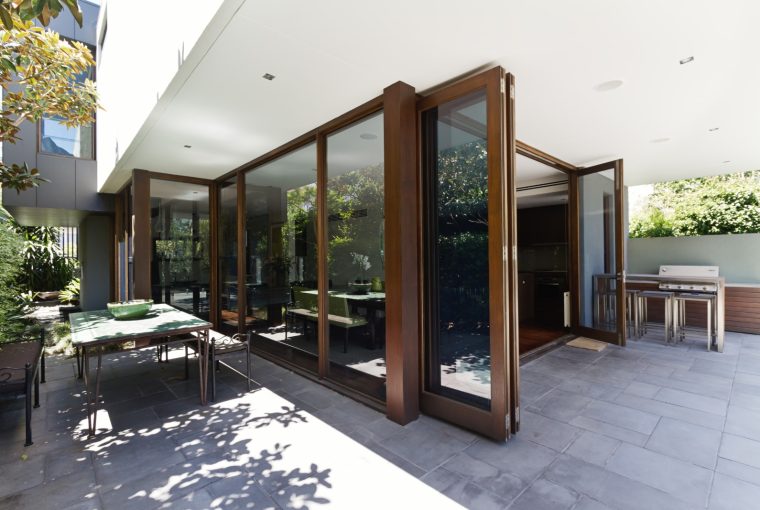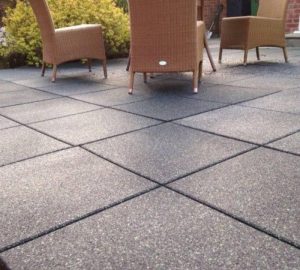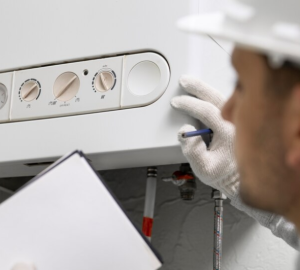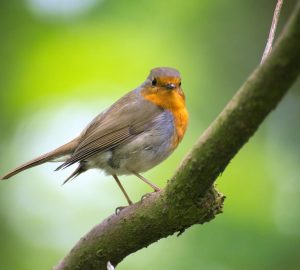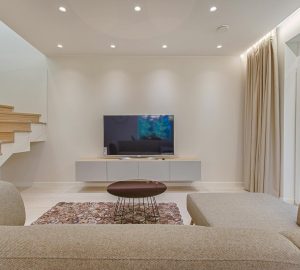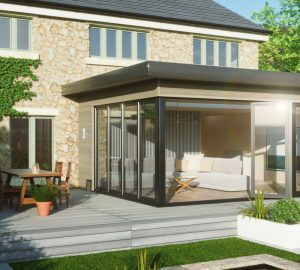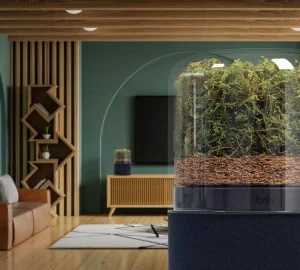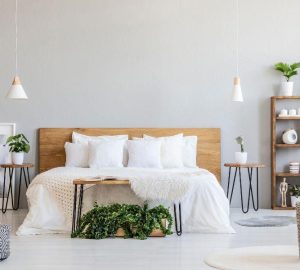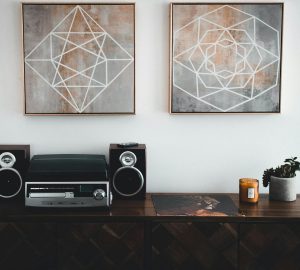Rather than consider the inside and outside areas of your home as separate and distinct, embrace the idea of linking the two together seamlessly.
This will extend your home’s living or dining space and give the property a more spacious feel.
Let’s look at ways to link your indoor and outdoor spaces to get the best out of both.
Open Up With Bifold Doors
One of the most effective ways to connect the interior of your home with your garden is by installing bifold doors.
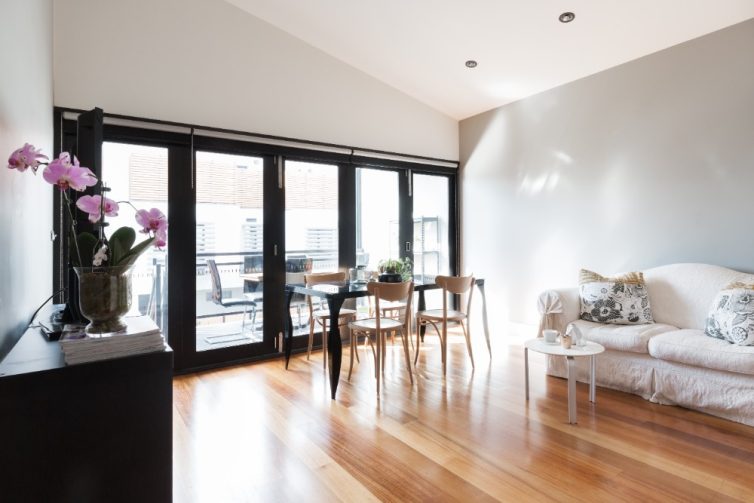
The beauty of these doors is that there is no threshold so the transition from inside to outside is smooth and harmonious.
Bifold doors also allow you to open up the whole wall, taking up little space when folded back so are ideal for smaller homes too.
Choosing bifold doors with thin profiles will give you maximum light with minimum interruption to the view. So, even in winter, you can enjoy the flood of natural light and the unobstructed vista of your garden.
Flooring Flow
A wonderful way to create continuity is by matching your flooring.
Typically the area leading to the garden is the kitchen or dining area. Here porcelain tiles lend themselves to both interior and exterior use due to their resilience and durability.
If you prefer wooden flooring inside, you can match the colour and texture with some composite decking material for the outside space.
To soften the look outside use rugs around the seating area. This gives the feel of an extra room in the house and links the interior design and exterior design.
Connect Your Interior & Exterior Design
Flooring and rugs are not the only way to link your outdoor and indoor spaces. Matching and complementing the interior design outside is also a wonderful way to link the two.
Do this by choosing similar furniture styles for the area immediately opening onto the outside space.
Whether you are a fan of modern, mid-century or contemporary designs the continuity will create a flow between these areas.
Taking a colour theme from the inside and applying similar shades to furniture or accessories in the outside space will establish a connection and flow.
Use Plants To Build A Bridge
Introducing plants and greenery where the inside and outside meet gives the impression of a seamless transition between the two.
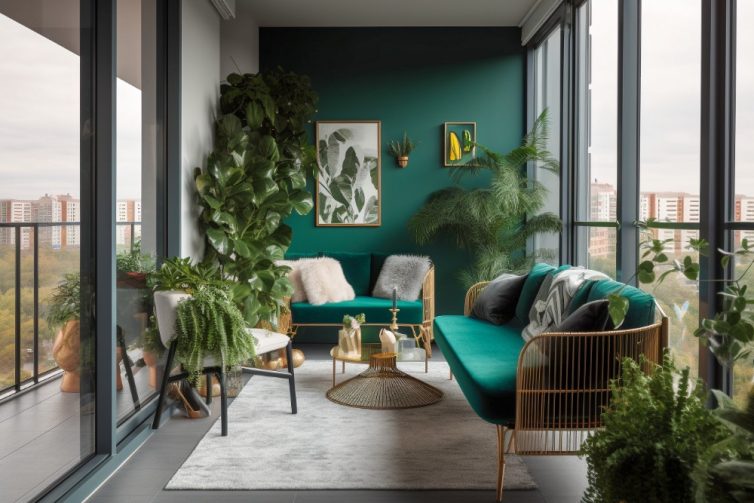
Decorative plants add to the overall aesthetic of your home and have the effect of bringing the outdoors inside.
Ambient and strategically placed lighting will highlight plants on your deck or veranda for evening enjoyment outside.
When positioning plants you’ll need to make sure that any that are in that zone between inside and outside can cope with fluctuating temperatures and light.
To link your indoor and outdoor spaces, open up with bifold doors, create a flow with similar flooring, match your interior and exterior design and use plants to connect the two areas.
This will bring the two parts of your home together in beautiful synchronicity.
